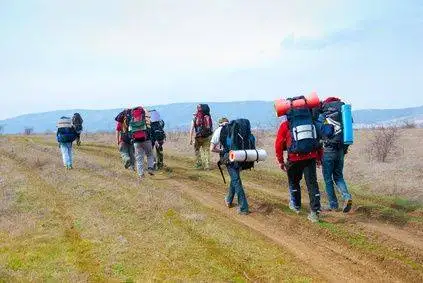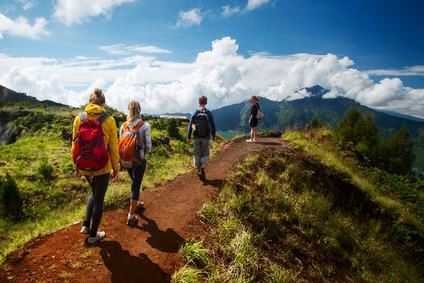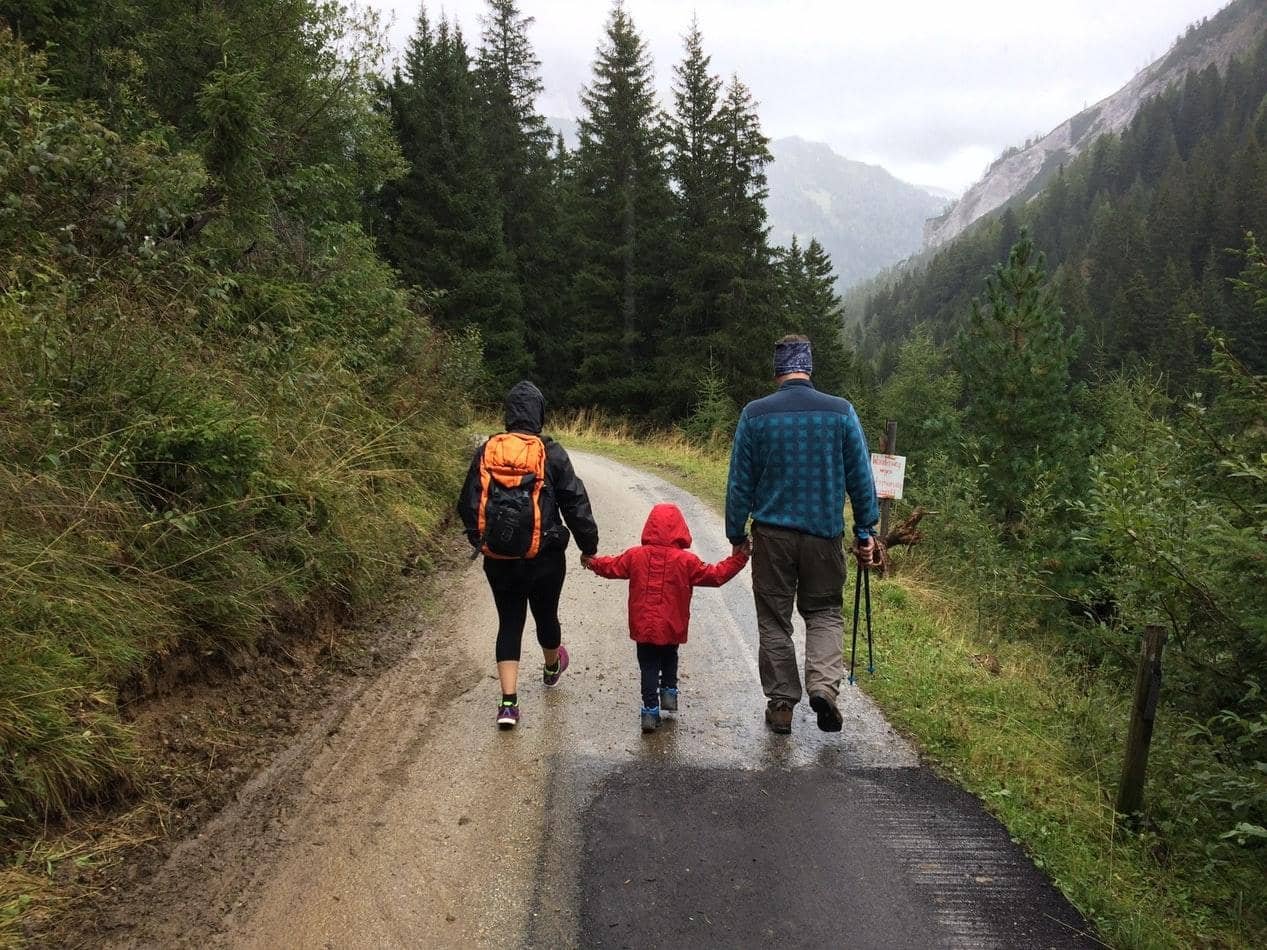Getting ourselves lost in nature through hiking is one of the best ways to relieve ourselves of the stresses of the modern world, to re-wild ourselves, and re-connect with the world we are fortunate enough to call our home. However, it is important to enjoy our adventures responsibly to ensure that we continue to preserve this beautiful environment for generations to come. Here are my top seven handy tips for protecting the places that you enjoy:
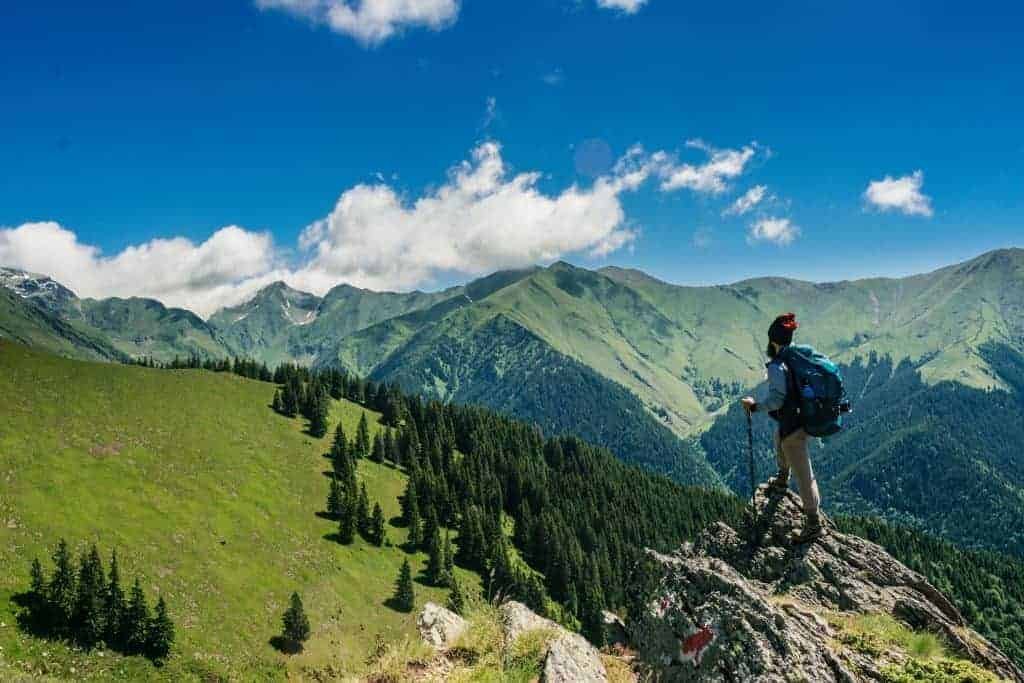
1) Plan In Advance
It is always easier to do the right thing if you’re well prepared for a situation. With this in mind, when you decide to take a weekend trip to the forests, the mountains, the lakes, or the seaside… clue yourself up first. Most well-known trails have respected guidelines available online which will inform you of the best routes to follow, the designated camping and parking areas, and any particular hazards you ought to be aware of.
A good resource to use here is the Department of Conservation which has information readily available on the most popular locations. Being aware of and sticking to the rules is an important aspect of being an eco-friendly hiker as it ensures that areas not meant to be disturbed are left in peace, and risky activities like campfires are contained in safe environments. These rules are also in place for the safety of hikers themselves, and ensure that resources do not need to be wasted in rescuing people from preventable situations.
2) Buy Good Gear
Being an eco-friendly hiker begins way before you hit the trails. If you want to reduce your impact on the planet, you need to think bigger than just your actions on the day of your hike. All of the decisions you make in your life have an impact on the planet, including the purchases you make to equip yourself to go hiking.
There are plenty of eco-conscious brands out there, so make sure you choose one that uses sustainable materials, and natural processes and ensures ethical working conditions. Likewise, if you keep having to buy a new kit… your old clothes are going to be filling up the landfill, so try to invest in long-lasting pieces, and when you do have to say goodbye to those well-worn favorites – find a way to recycle the material.
3) Personal Products
Likewise, any products that you are likely to use for personal comfort, protection, and hygiene can actually be extremely harmful to the planet. Consider which products you buy and bring with you on your hike, as some of the chemicals released by by-products such as sunscreen are not eco-friendly at all! ‘While you do of course want products such as bug spray and sunscreen to be effective, if you seek out some natural alternatives you’ll be surprised at how good they can be.
4) Fueling Your Hike
Another area to examine before you leave home for your hike is the food and drink you are going to pack for your adventure into the wild. This is a key area in which it is so easy to reduce your impact on the environment, by being conscious of the amount of packaging you are consuming through investing in processed foods and the number of food miles that these are contributing to your carbon footprint.
Make an effort to minimize these two factors by making your delicious snacks and beverages to take with you where possible. This is easy enough to do with a little bit of forethought and creativity, so how about throwing together your very own personalized blend of nuts and seeds for a tasty trail mix, or cooking up a warming soup to bring with you in a thermos.
5) Look After Your Litter
One of the most obvious tips that I shouldn’t even need to list here but I will, is not to leave your litter behind when you go hiking. Leftover rubbish from humans can take decades to decompose if ever and can pose a serious threat to the well-being of the wildlife that encounters it, whether they get entangled in it or ingest it. With this in mind, make sure you pack a rubbish bag with you to contain all of your litter easily and dispose of it responsibly on your return home, recycling as much of it as you can. Being responsible for your litter is super important for being a green hiker, but why stop here?
Successful travel blogger, Adam Atkins who writes at Boom Essays recommends “taking it a step further and picking up any litter you find along the way on your travels; just because you didn’t drop it doesn’t mean that you don’t need to pick it up, after all, it is still harming the environment whoever it originally belonged to.” As Adam rightly says, this is a really rewarding, feel-good activity to do, so packing a gash bag is a great idea to enable you to do your bit for the planet in conjunction with enjoying what it has to offer you.
6) Reuse to Reduce
Following a similar vein of thought, reduce the risk of littering anywhere by taking reusable containers for your provisions or belongings. This goes for personal toiletries and food wrappers, so consider investing in something like a collapsible reusable water bottle that you can fill up from clean sources along the way.
Another tip our friendly travel blogger Adam has for us here is to perhaps even go as far as “making your eco-friendly beeswax food wraps as a sustainable alternative to wasteful and toxic plastic products such as cling film.” If you have a quick look online, there are plenty of DIY videos on YouTube for this kind of activity and a lot of independent retailers who make them too if you don’t have the spare time to invest yourself.
7) Leave It As You Found It
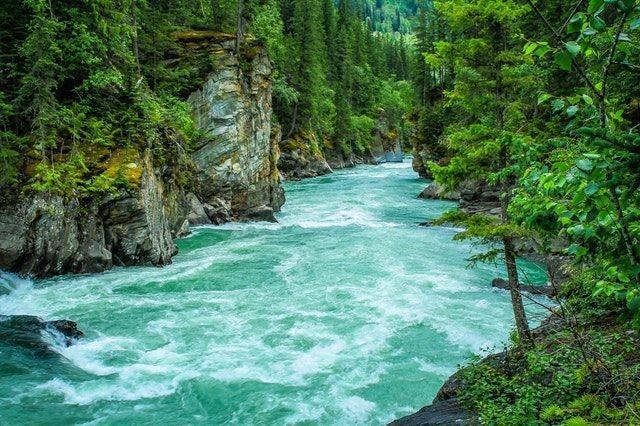
One of the best mantras you can apply to your green hiking journey is to “leave it as you found it.” As tempting as it might seem to take some of the seemingly plentiful natural souvenirs that you stumble upon with you from your walk on the wild side, do resist picking any flowers, taking home any shells or pebbles, or digging up any plants.
If everybody does this as innocent as it may seem, it does have a destructive effect on the delicate ecosystems in place. If you must have a souvenir from your trip, taking a photograph is the best thing you can do! Also remember that this rule applies to not disturbing the wildlife in the area, however large or small. This especially means not feeding any animals you come across as this can disagree with them, or in some cases cause them to become too friendly with humans, occasionally causing them to attack.
All in all, I’m not trying to be a fun sponge with this advice. The great outdoors is a wonderful play park for us humans to enjoy but it is also a fragile space that doesn’t belong to us. We must do everything we can when we are out in order to leave as few footprints as possible, preserving them for its inhabitants and future generations.
Author Bio:

CONTRIBUTOR: Elizabeth Hines
Elizabeth Hines is a renowned travel writer in her own right, and also lends her talents to editing at Academized writing service.

